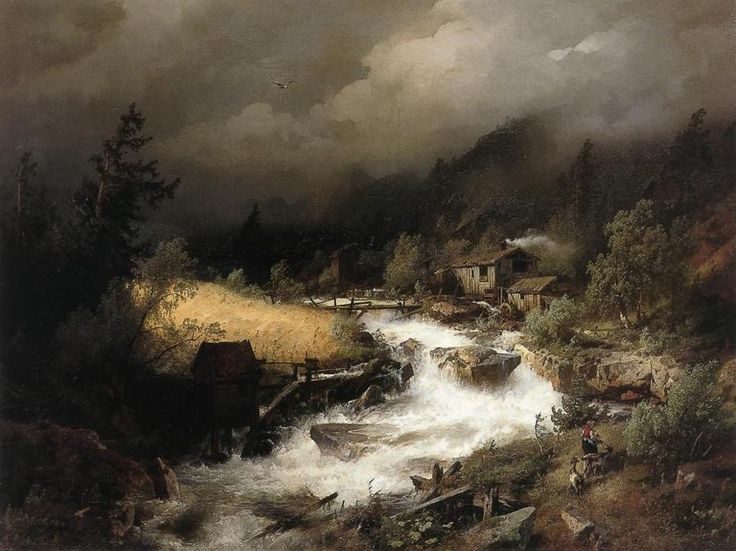There was a time when the white canvas totally intimidated me. I’m pleased to report those days are gone. But I felt rather better about my initial hesitancy after seeing a program on Russell Drysdale. Shortly before I acquired my first VCR (if only…) the ABC screened a program dating back to 1966 when Drysdale received a visit from an old pal George Johnston, a writer and journalist who wanted his portrait painted.
I once heard Drysdale described as the artist who ran away from the canvas. Did he what!! He would get Johnston into position in a chair and then faff about looking for distractions. They would go fishing one day, then visit an old mate at the local boozer the next. I can recall the camera focusing on the near blank canvas regularly.
After about 2 weeks, Johnston gave up and returned to Sydney convinced his portrait would never be completed. Drysdale must have made some progress during Johnston's stay because I can remember him saying it was as if Drysdale gone into a trance in front of the canvas. Some 6 weeks later, Johnston gets the call, “I’ve finished”.
These days the white canvas represents possibilities and I focus on just getting something happening as quickly as possible. So the next time I walk into the studio I can see I’ve made at least some progress – there is so much psychology involved. To a point, I let the painting develop a life of its own although I do have a final image in the back of my mind.



















